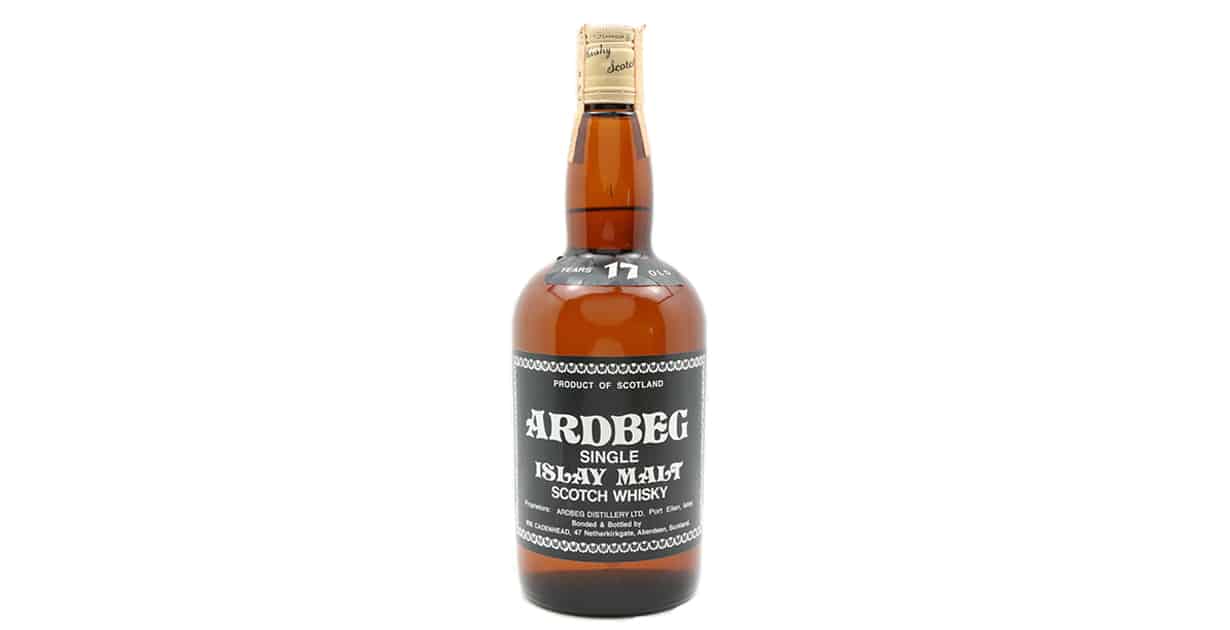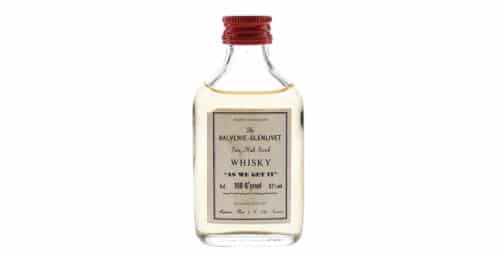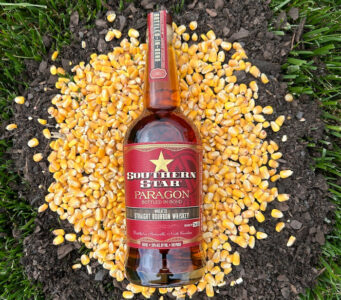
Ardbeg Distillery, nestled on the Isle of Islay, Scotland, boasts a rich history dating back to 1815. However, the 1960s through the 1980s marked a tumultuous period for this revered whisky producer. In the 1960s, Ardbeg, like many distilleries of the era, thrived on the booming demand for Scotch whisky. It was during this decade, specifically in 1967, that the distillery expanded its still house to accommodate a fourth still, effectively doubling its production capacity. This expansion was a response to the growing popularity of its deeply peated malts.
The 1970s brought challenges as the global whisky market began to fluctuate. Ardbeg, under the ownership of Hiram Walker and then DCL, experienced shifts in operational control that impacted production. The economic pressures of the time led to a reduction in output and significant changes in workforce and management practices.
By the 1980s, the industry faced a severe downturn, leading to the distillery’s temporary closure in 1981. Although it partially reopened in 1989, these years were characterized by uncertainty and reduced operations, reflecting broader struggles within the Scotch whisky industry. This era set the stage for the distillery’s eventual revival in the 1990s.
This Ardbeg 17 Year old, then, was most likely bottled at a time of severe uncertainty when it came to Ardbeg’s fate. It seems fitting that this whisky is so good given that, at one time, it might have been some of the last whisky bottled whilst Ardbeg was active. Thankfully, the distillery survived. Today we are treated to limited edition committee releases and the ever-reliable Ardbeg 10 Year Old.
To find out everything you need to know about the highest-rated Ardbeg whisky on WhiskyFun, click here.



